(NLDO) - The "Frankenstein-style" skeleton recently excavated in Belgium was made from the bones of people who lived thousands of years apart.
Excavations at the cemetery in the town of Pommerœul - Belgium since the 1970s have successively revealed 76 cremation graves and 1 grave with remains buried in the fetal position.
A new study has analyzed the skeleton in the fetal position and discovered a very creepy truth: It was a "Frankenstein" skeleton.
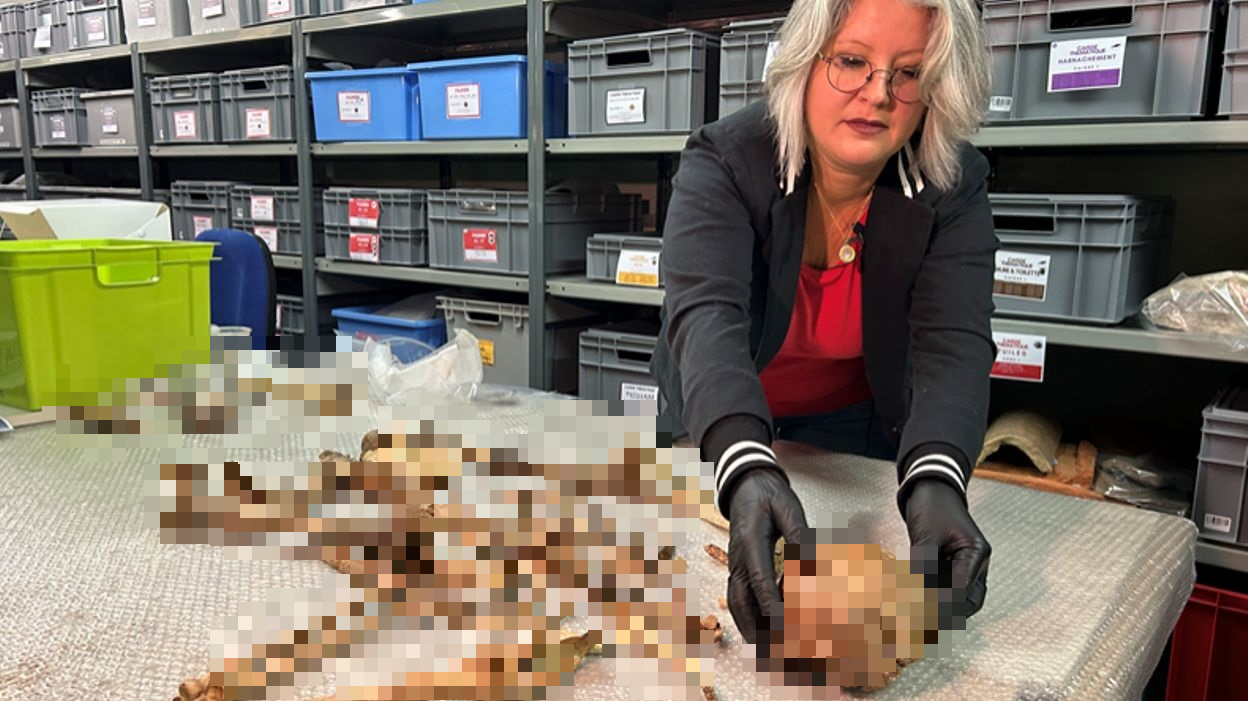
Archaeologist Barbara Veselka is analyzing the strange skeleton - Photo: Vrije University in Brussels
Frankenstein is a fictional character in the famous novel of the same name by writer Mary Shelley, created by combining the corpses of many different people and then resurrected by electricity.
The skeleton recently excavated in Belgium is much the same.
Analysis showed that it was not the skeleton of one person, but rather the bones of at least five different people put together, according to Live Science.
Meanwhile, a local news site said the number of people whose bones were taken to create this skeleton could be up to 7 or more.
Initially, when a Roman-style bone pin was discovered in the grave, it was thought to date from the Roman occupation of the area, some 1,800-2,000 years ago.
However, direct radiocarbon dating of the skeleton revealed that many of the bones came from three different eras during the Neolithic period, with the oldest being 2,500 years older than the Roman skull.
Archaeologist Barbara Veselka from the Vrije University in Brussels (Belgium) said the team identified DNA from five different people from several parts of the skeleton.
Among them, the skull is indeed that of a Roman woman.
But why the skull of a Roman woman was placed in a Neolithic grave, and why the Neolithic grave included the remains of many people, remain unanswered questions.
Researchers believe the Romans may have accidentally disturbed a Neolithic grave when burying cremated remains. They then added a skull and a bone pin to the ancient grave before resealing it.
Another possibility is that the Romans created a patchwork skeleton from scattered Neolithic bones and a Roman skull, arranging the remains into a composite person.
According to the authors, it may have been a prehistoric superstitious act, as those who carried out the strange burial felt the need to connect with an individual who had occupied the area before them.
But all that remains just a hypothesis. This is the first grave in Belgium with remains buried in this strange way.
Source: https://nld.com.vn/phat-hien-bo-hai-cot-rung-ron-ghep-tu-5-7-nguoi-khac-nhau-196241106155243315.htm


![[Photo] Prime Minister Pham Minh Chinh receives Mr. Jefferey Perlman, CEO of Warburg Pincus Group (USA)](https://vstatic.vietnam.vn/vietnam/resource/IMAGE/2025/4/18/c37781eeb50342f09d8fe6841db2426c)



![[UPDATE] April 30th parade rehearsal on Le Duan street in front of Independence Palace](https://vstatic.vietnam.vn/vietnam/resource/IMAGE/2025/4/18/8f2604c6bc5648d4b918bd6867d08396)




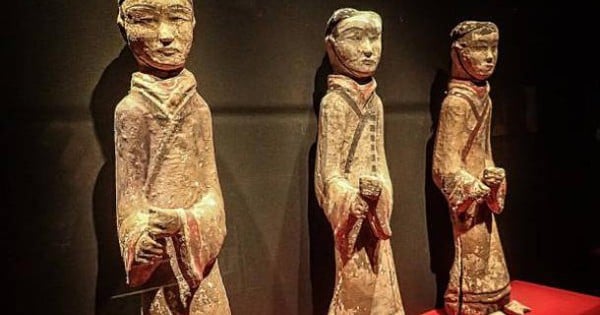
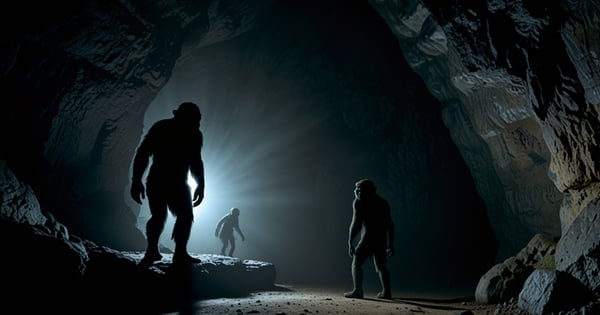
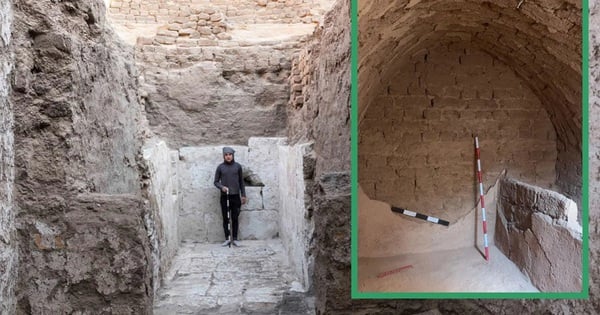
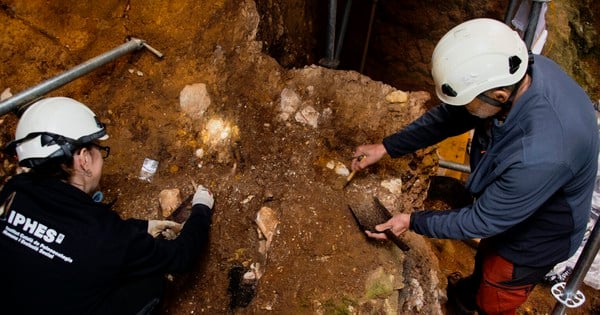



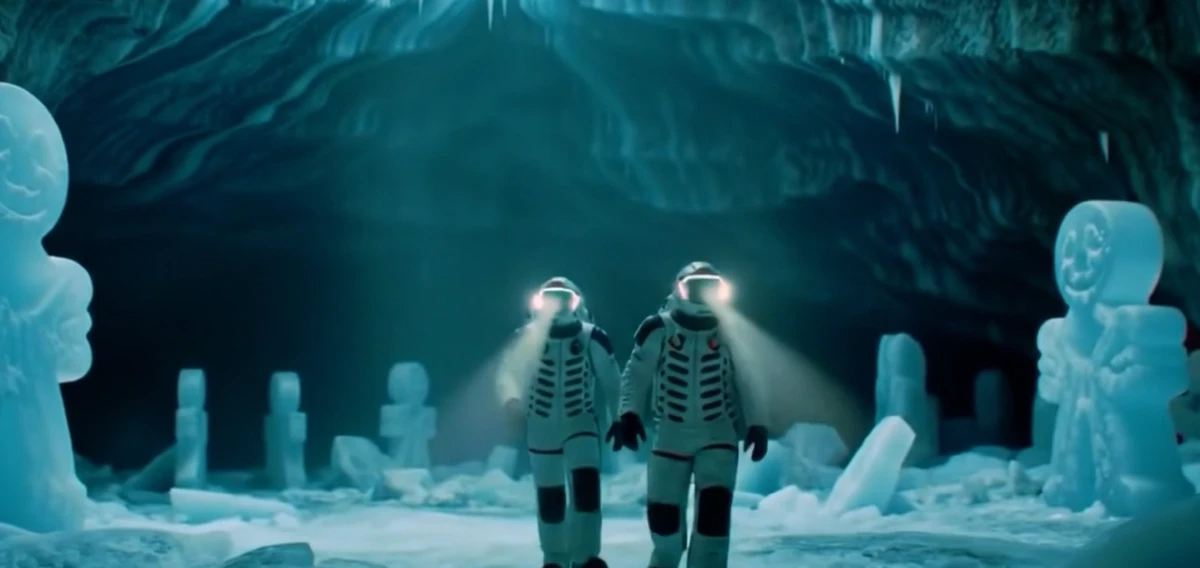

























































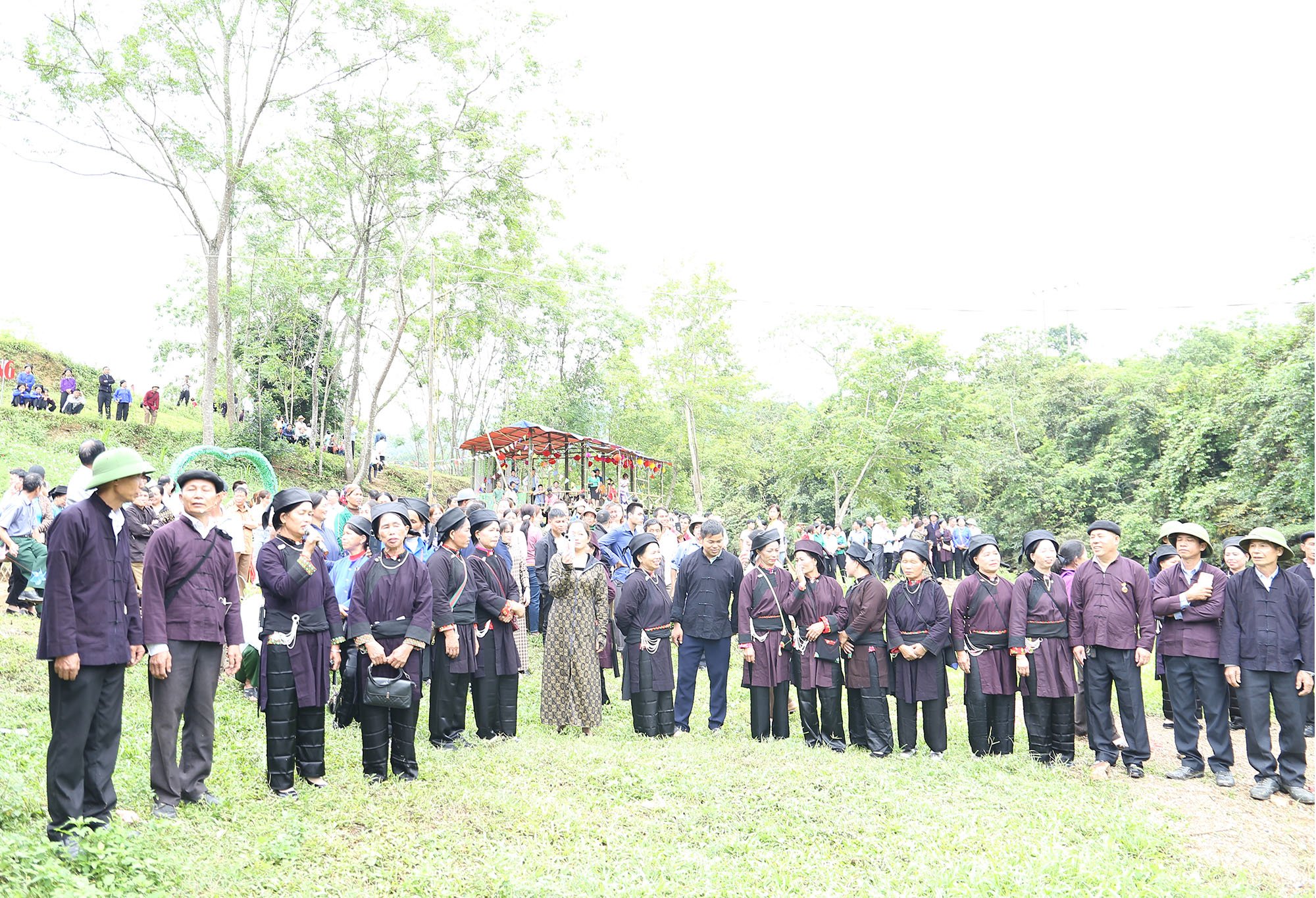
















Comment (0)